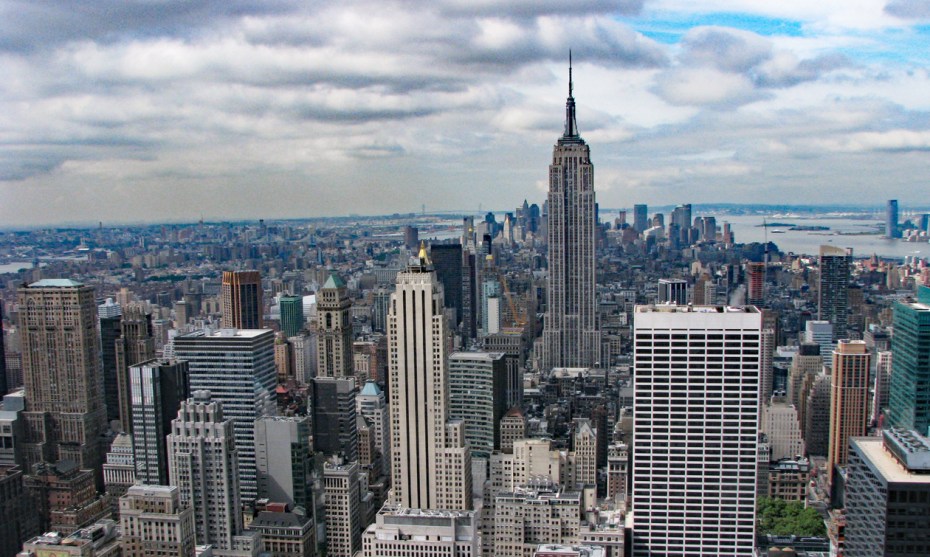
Tyler Cowen poses a conundrum that I’ve also wondered about:
Why aren’t all tall buildings in the same neighborhood the same height?
Let’s say there is a 40-story building and a 60-story building. You would think the different builders face more or less the same costs for their height decisions. If you want to own 60 stories, it is still the case that everyone can build the cheapest-height building, and you can buy the stories you want from a variety of sellers.
If you had lots of companies that needed 60 stories, and you didn’t want to split up those firms across locations, and lots of companies that needed only 40 stories, the differential building heights could be explained rather easily. But that doesn’t seem to be the case. Most tall buildings house a variety of tenants, and those tenants don’t “need the whole height” or anything close to it.
Cowen seems (?) to be coming at this with the assumption that the 40-story building is cheaper, so why doesn’t everyone build 40-story buildings? But I assume the opposite: the taller the building, the cheaper it is on a per-story basis. So why doesn’t everyone just build the tallest building that makes economic sense?¹ Is this mostly down to those dreaded land-use regulations (setbacks, air rights, shadow coverage, political tiffs, etc.)? Changes in taste over time? Some kind of practical issue that makes it harder to build higher than I think?
Do any of our urbanist mavens know the answer?
¹Which can vary from place to place. It might be 100 stories in New York and five stories in Peoria.

















